One
PIONEER DAYS
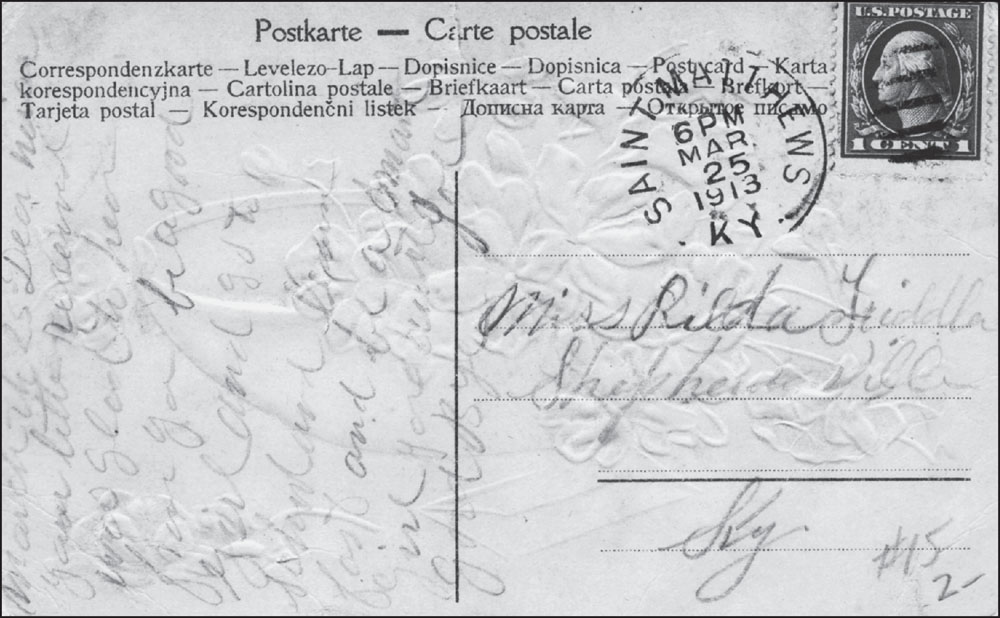
ST. MATTHEWS POSTMARK. St. Matthews had its own post office between 1851 and 1931, after which it was absorbed into the Louisville Post Office. Prior to 1851, a post office in what became St. Matthews was known as Lynnford; it had opened in 1849. (Authors’ collection.)

MAP FROM 1879 ATLAS. This map of what constituted St. Matthews in the 1870s was published in the Atlas of Jefferson and Oldham Counties in 1879. The center of St. Matthews, the area that became known as the Point, is directly above “St. Matthews P.O.,” and the straight road leading east from the Point would become Shelbyville Road, now the main commercial thoroughfare in St. Matthews.
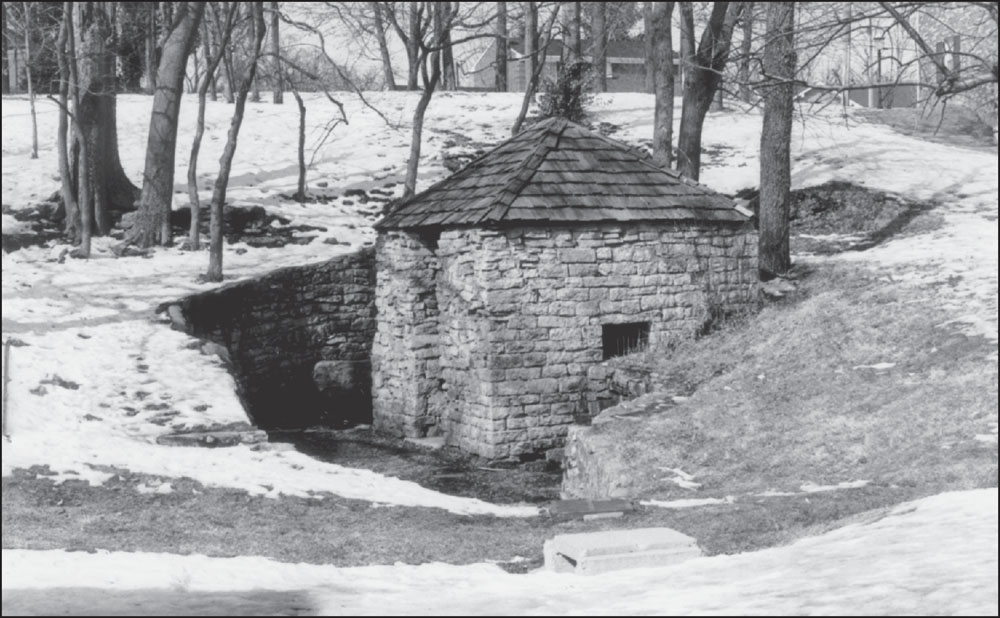
FLOYD’S STATION SPRINGHOUSE, C. 1779. This springhouse was built for Floyd’s Station, the outpost constructed by John Floyd as a defense against Native Americans. It is a one-story stone building, with just one room, located on the south side of Prince William Street, not far from Breckenridge Lane. It was partly rebuilt in the 1960s and is the only material link to the original settlement in St. Matthews. (KHC.)
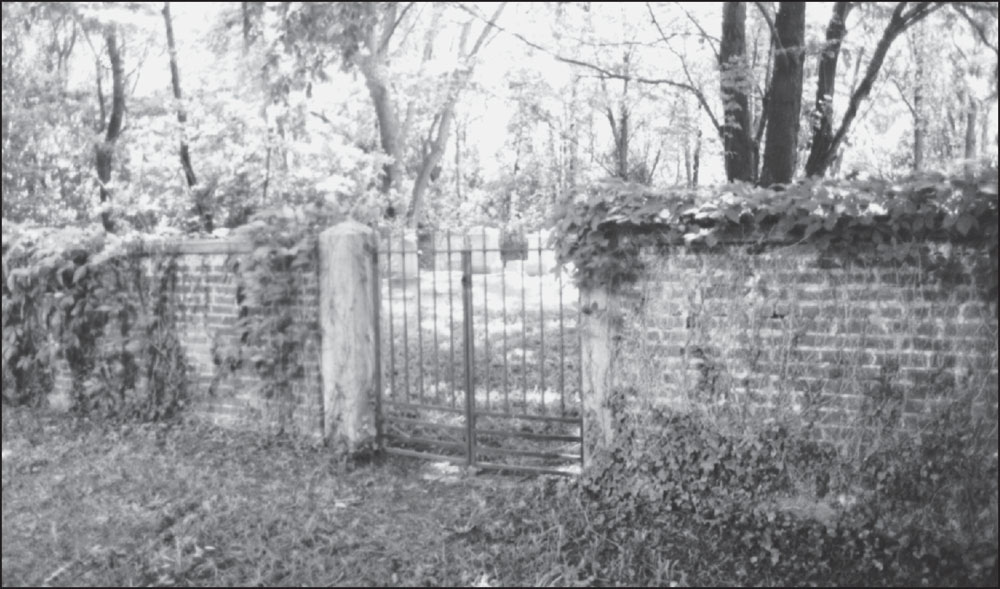
BROWN CEMETERY. James Brown (1780–1853) at one time owned more than 1,900 acres of land between Shelbyville and Taylorsville Roads west of the Oxmoor farm. The Brown family cemetery was located near present-day Brown Park. Brown came to the area about 1800 and initially worked as a clerk in David Ward’s saltworks. Gradually, he bought up land until he owned a considerable estate. (KHC.)
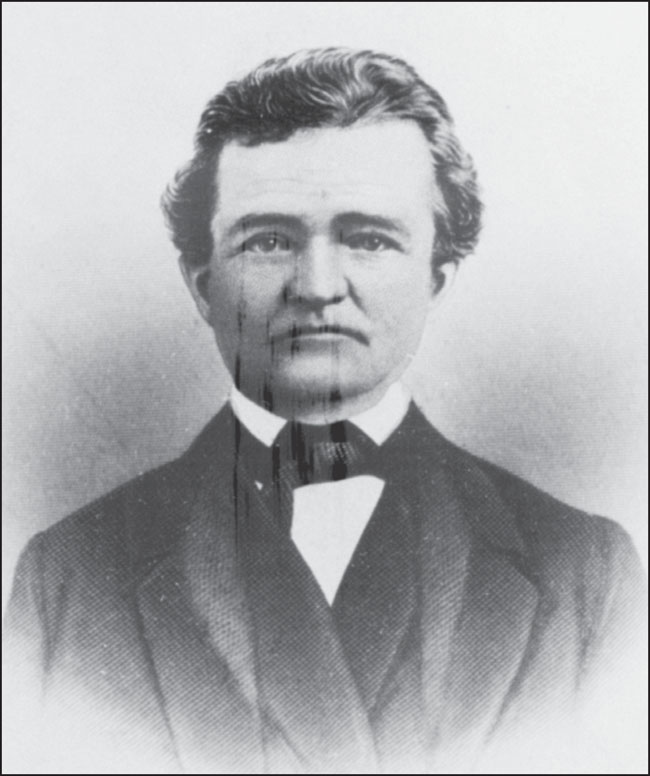
JOHN HERR. Herr (1806–1863) was the father of Albert G. Herr, served in the Kentucky legislature, and built a home in what is now Windy Hills in 1830, one of the outstanding houses in early St. Matthews history. By the time of his death, he owned about 1,000 acres of land that extended east to where Herr Lane is today. He is said to have been the best marksman and corn shucker in the community. The house was enlarged by Albert in 1876 with Italianate architectural features. (BGSTMHS.)
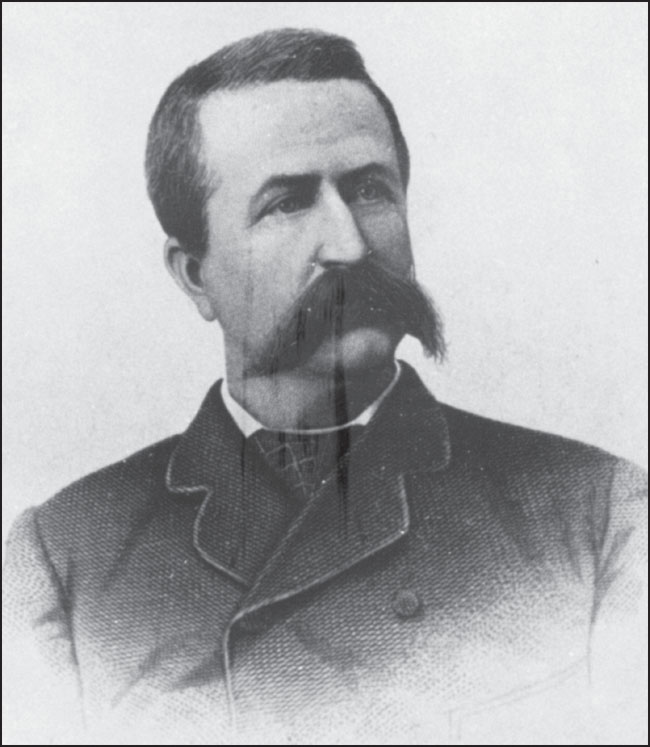
ALBERT G. HERR. The son of John Herr, Albert (1840–1899) owned the Magnolia stock farm, which he inherited from his father. He took an interest in transportation improvements from an early age and brought about the building of a turnpike east from St. Matthews using some of his own money to complete the job. Herr is remembered for the tragedy at his daughter’s wedding reception at his home in 1891, when at least six people, including the groom, died from food poisoning. (BGSTMHS.)
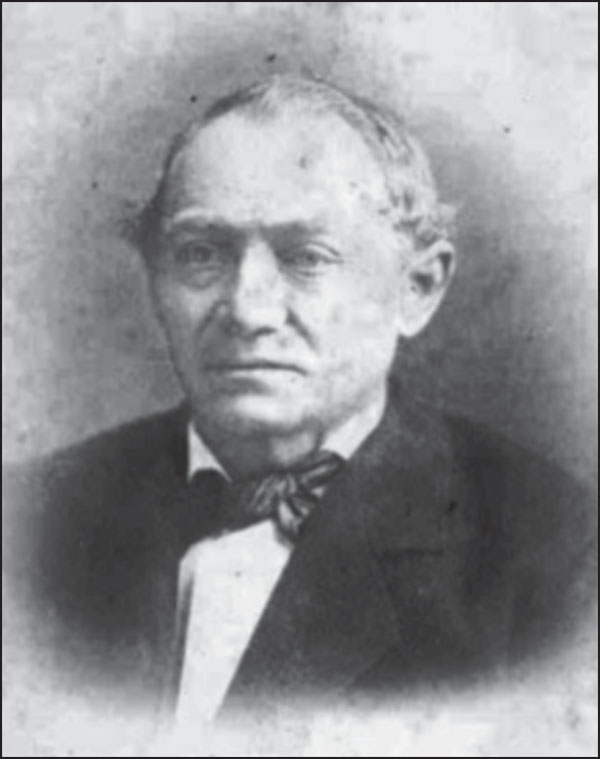
HENRY NANZ. Founder of the present-day Nanz & Kraft Florists, the oldest continuing business in St. Matthews, Nanz (1819–1891) emigrated from Germany, where he had been a horticulturalist, in 1850 and started the business at a downtown Louisville location. He brought his son-in-law H. Charles Neuner into the business in 1876. In 1880, Nanz and Neuner erected a large number of greenhouses on property in St. Matthews that Nanz had bought in 1866. There they grew flowers to supply their downtown store. (David Kraft.)
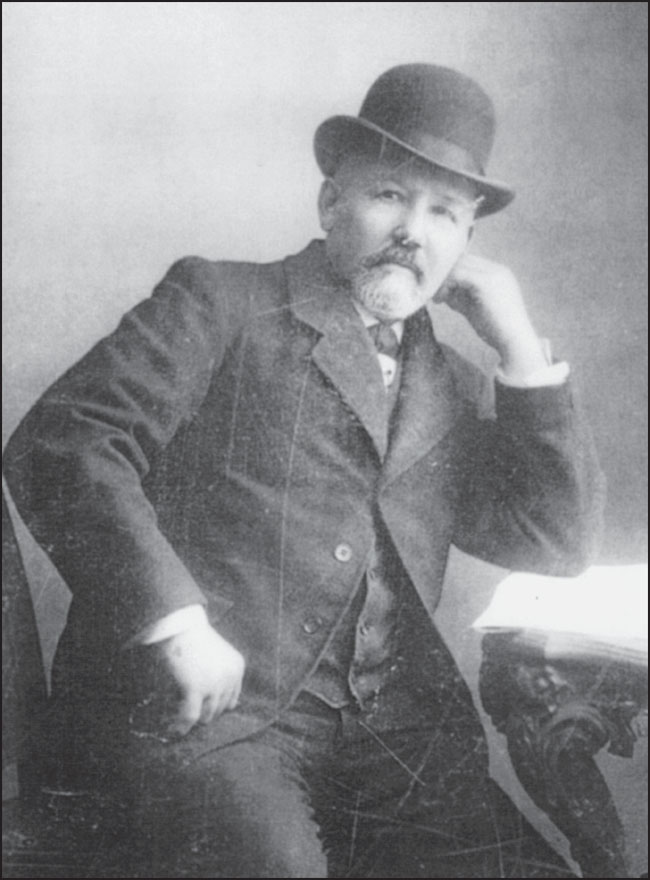
HENRY A. KRAFT JR. Kraft (1840–1915) joined Henry Nanz in the flower business in 1880 after Charles Neuner left it to pursue other interests. Kraft was born in Germany, came to the United States in 1859, fought in the Civil War, and worked as a butcher after the war before going into the flower business. It has remained in the Kraft family ever since. Nanz and Kraft moved their retail store to Breckenridge Lane in St. Matthews in 1918 and adopted the current name of Nanz & Kraft Florists in 1958. (David Kraft.)

JOHN AND MAGGIE WINKLER ROSTETTER. Another prominent St. Matthews family of the late 19th century, John Rostetter and Maggie Winkler were married in 1872 and had two children. Maggie’s father, Adam J. Winkler, was a German immigrant who lived near the Eight-Mile House on Shelbyville Pike, and her sister Anna “Nannie” Winkler married Charles Ochsner Sr., a member of the Ochsner family, which has been involved in the automobile service business for many years. (BGSTMHS.)
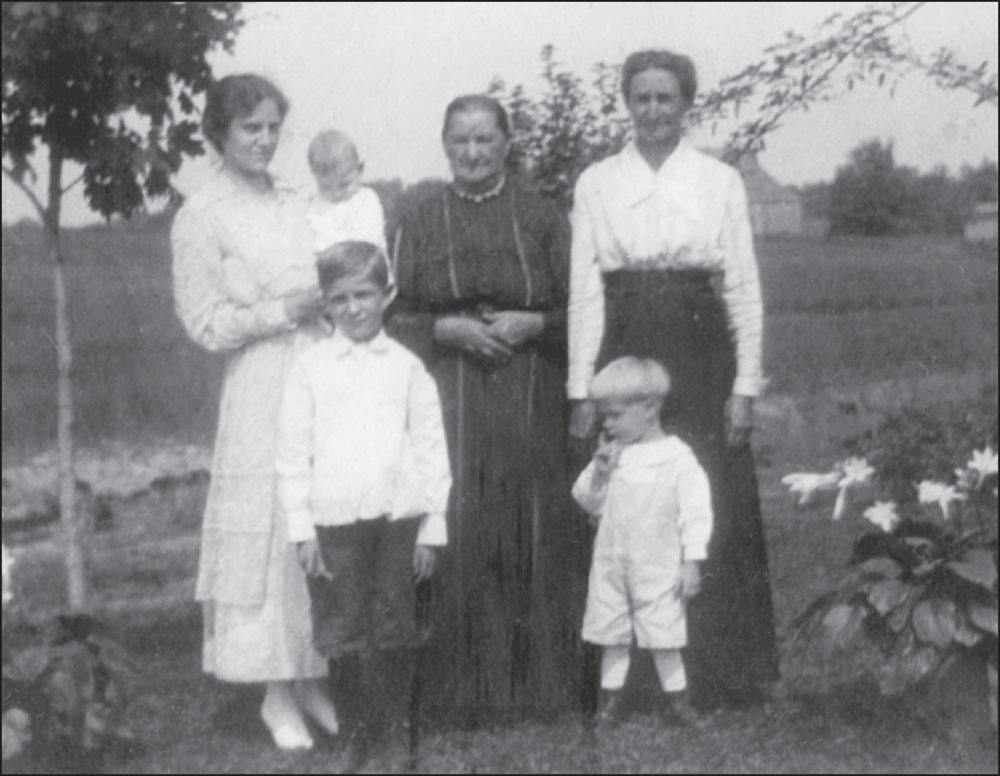
FOUR GENERATIONS OF ZEHNDERS. The Zehnder family was among the group of settlers that came from Einsiedeln, Switzerland, about 1854. They became dairy farmers and operated a store near the Point in the early 20th century. Shown here in the mid-1920s are, from left to right, Clara Bockting Zehnder, Dorothy Zehnder, Dominic Zehnder, Clara’s grandmother, Hilliard Zehnder, and Clara’s mother, Josephone Zehnder. (Tom Zehnder.)
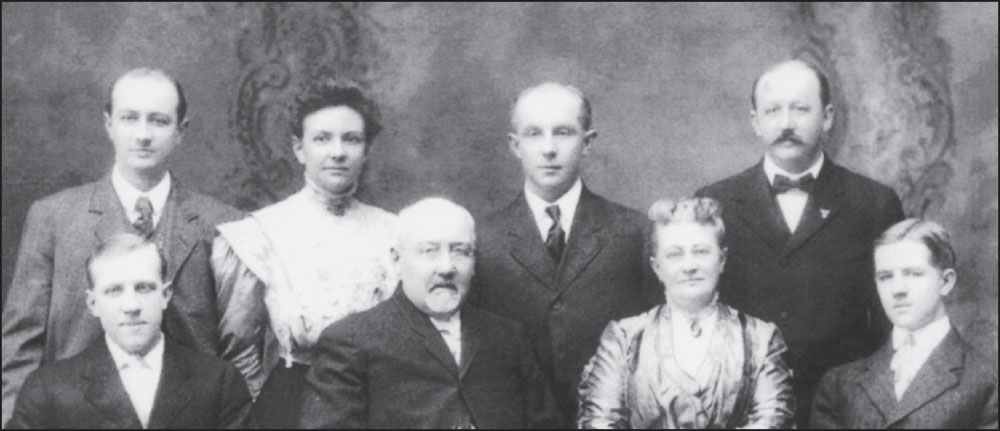
HENRY AND SALLY WARD KRAFT. Sally Ward (1851–1913) married Henry A. Kraft Jr. in Louisville about 1869. Henry eventually became a partner in the Nanz & Neuner florist business, replacing Charles Neuner. They had six children: Henry C. (1870), Robert A. (1872), Mary (1874), May (1875), Edward (1876), and Louis (1890), all of whom lived long enough to pose for this photograph, which appears to have been taken shortly after 1900. (David Kraft.)

DIETRICH FAMILY. henry Dietrich and his wife, Elizabeth Dickman Dietrich, were the maternal great-grandparents of current St. Matthews resident Ellen Kaelin Venhoff. In this photograph, they are shown with Henry’s mother, Josephine Dietrich, in the center, and their six children: Albert and Eleanor are in the back, Elizabeth is holding Evelyn, and from left to right in the front are Mary, Clare, and Louise. Their second-youngest daughter, Louise, married Erwin Jacob “Epp” Stich, who was known locally as a baseball fanatic. (Ellen Kaelin Venhoff.)

HENRY AND KATHERINE HOLZHEIMER SR. The Holzheimers were another of the early arrivals to the St. Matthews area. Henry (1826–1919) and Katherine (1835–1926) were from Germany but married in Louisville in 1856. The family owned a 68-acre potato farm on the west side of Breckenridge Lane that was subdivided into residential lots in the 1920s. The Louisville Times noted that the sale of the Holzheimer property marked the “beginning of the end” of potato farming in St. Matthews. (BGSTMHS.)












